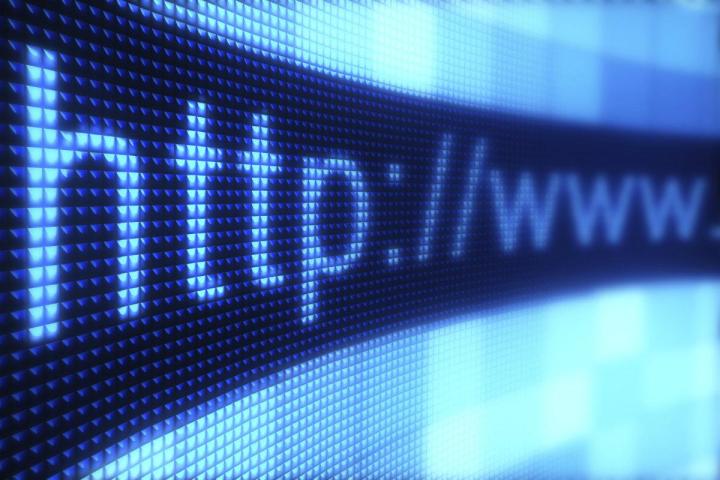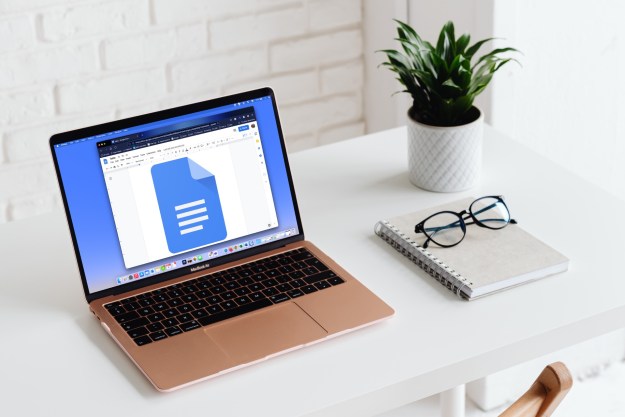
Clearly, we’re moving towards a world that’s becoming increasingly dominated by the Internet and its reach, for better or for worse. While you may react to that line with an eye-roll or a “..duh,” the Pew Research Center, a Washington D.C.-based think tank that collects data reports on a multitude of subjects, has compiled some staggering and surprising facts about Internet usage here in the United States, as well as the populace’s overall impression of the Web’s impact on our world, and their own lives.
Back in 1995, Pew says that 14 percent of American adults used the Internet. In 2005, that number shot up to 66 percent, and now the rate is 87 percent. The number of users is just shy of 100 percent (99 to be exact) when you just count the households with incomes of $75,000 and higher. Near-total usage isn’t just specific to households that are doing well from a financial standpoint, though. If you look at the other end of the spectrum, like people ages 18 – 29, that number only ticks down by a couple of percentage points (97 percent). However, it’s not clear how many of those people are primarily using their school’s Internet, or the ‘net access provided by their parents while living at home.
Legendary comedian George Carlin once said “It’s bull**** and it’s bad for ya.” Apparently, a notable amount of people feel that way about the Internet. According to a survey conducted by the Pew Research Center, 15 percent of Internet users think that the Internet is a “Bad thing” for society. Meanwhile, six percent of people feel that the Internet has been bad for them on a personal level. Considering the oversharing and Facebook drama that happens on a daily basis, we’re surprised that number isn’t a little higher. Then there’s all the government surveillance.
However, a little less than half (46 percent) of those surveyed by Pew indicated that it would be either very hard or impossible to give up their Internet access, with 34 percent saying the same of email access.
It’ll be interesting to see where these numbers are in another five to seven years from now, especially considering that the NSA surveillance scandal broke less than a year ago.
What do you think? Sound off in the comments below.

